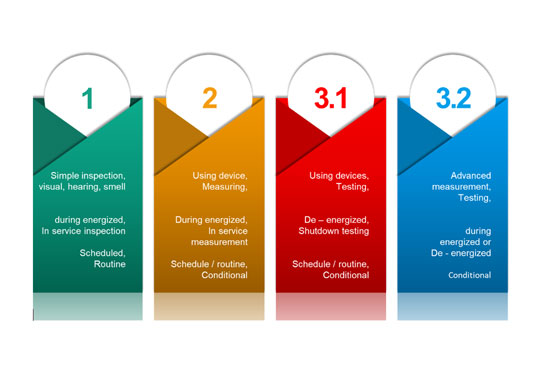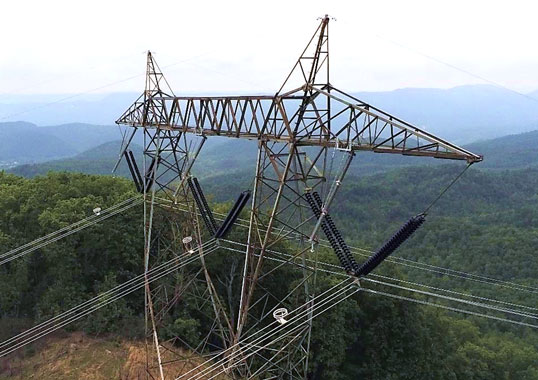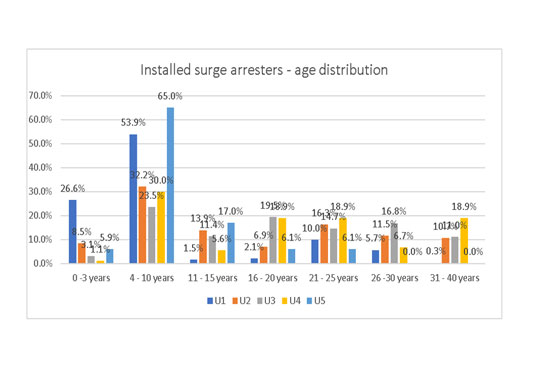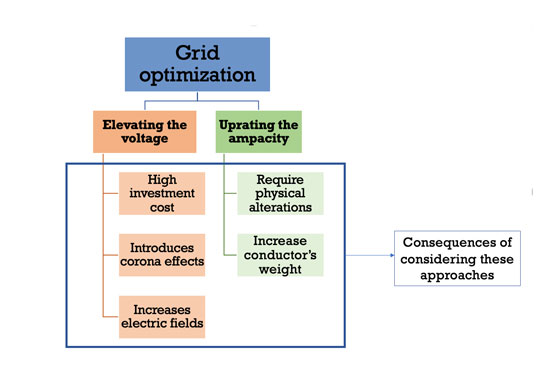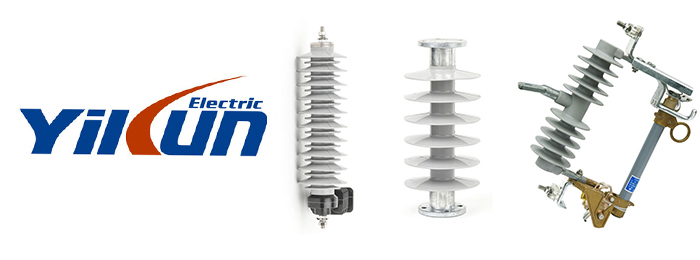Silicone Gel: More Than Gap Filler by Jens Lambrecht
Silicone gels are a group of materials that usually appear as 2-component low viscosity fluids and cure to rather soft, viscoelastic materials when mixed and cured. They have become well known in the electrical insulation industry, particularly in casting applications where the very low elastic modulus of these soft materials is advantageous. Gels were actually introduced as far back as the mid 19th century and at the time dealt mainly with colloids that consist of two non-mixable phases. These days, technically advanced silicone gels for insulation applications consist only of silicone polymers. In contrast to tightly cross-linked elastomers, the cross-linking density of silicone gels is low, allowing cured soft materials to fulfill important rheological conditions for gels, equality of storage modulus and loss modulus. From the point of view of material rheology, gel characteristics are attributed to a viscoelastic material when value of storage modulus (i.e. a measure of the ability to behave elastic) is about equal to that of loss of modulus (i.e. a measure of mechanical dampening ability). Soft silicone gels fulfill that condition and are therefore a perfect, low viscosity, castable, soft, elastic and dampening insulation material. Moreover, silicone gels show the same beneficial electrical behavior as silicone elastomers while the low viscosity of uncured components allows incorporating a variety of fillers. This presentation discusses results of recent research into silicone gels.


